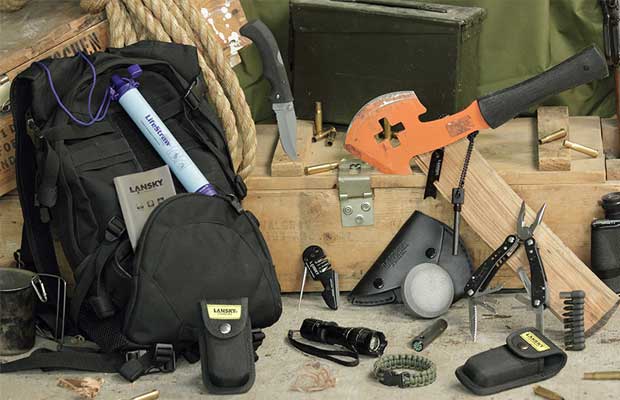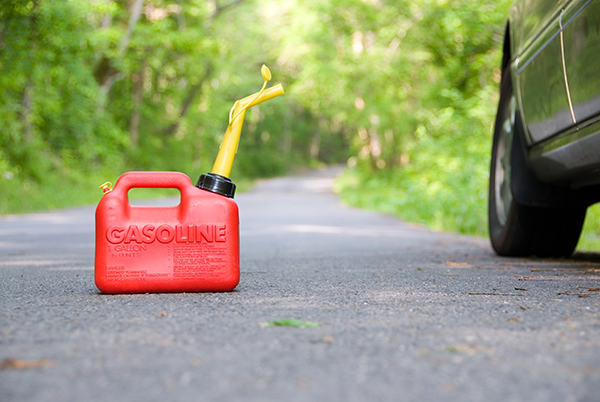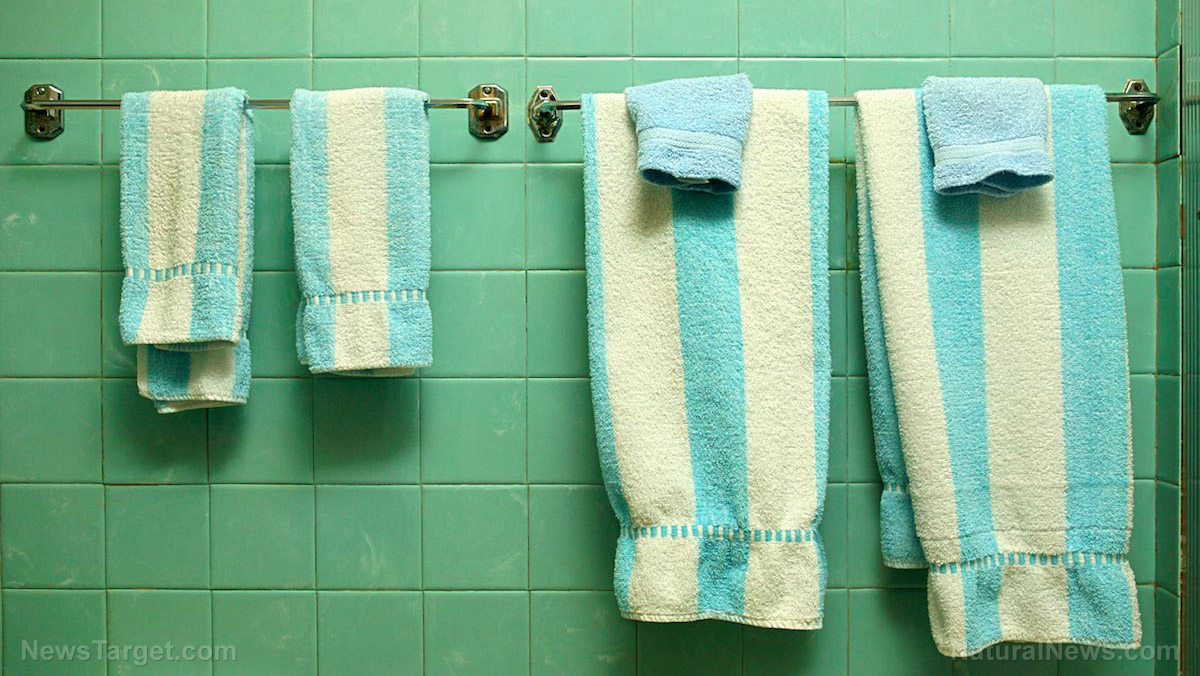
Preppers may want to consider basing their preparedness plans on where they plan to bug out and how long they plan to stay there. Surviving in the wilderness will require a different set of equipment compared to surviving in an urban environment.
Likewise, short-term survival plans should prioritize items and needs that long-term survival plans may eschew for other concerns. A good prepper will get ready for both, but budgetary constraints may force him to focus on what he immediately needs and can acquire. (Related: Survival medicine: Can social distance help prevent infections when SHTF?)
What do preppers need for surviving in the short term?
A short-term survival plan covers the basic needs of a prepper for up to a couple of weeks. Certain tools take precedence.
The priority is water. While a human can survive for three days without water, those 72 hours will become very intolerable.
In practical terms, dehydration becomes a severe detriment in just 24 hours. Further, any available water may not be safe for human consumption and require filtration.
Therefore, a prepper must always bring a portable water filter. It will make the water much safer to drink.
Next on the list is the polar opposite of water. Fire will keep a prepper dry and warm, especially when combined with a shelter.
Being cold and wet will render a person vulnerable to hypothermia. The deadly condition may set in even when it isn't very cool.
Preppers need a fire-starting kit that will work in any condition, including storms. The toolset must include a ferrocerium rod for making sparks, a multi-fire tool, an airtight and waterproof match case, and waterproof or stormproof matches. Some dry tinder rounds up the fire kit.
A temporary shelter rounds up the required equipment for a short-term survival plan. A prepper with the right skills may turn a tarp, plastic stakes, and sturdy cordage into an emergency shelter.
The cheapest option for the tarp is an all-weather blanket. It is big enough to serve as a lean-to, doesn't take up too much space and weight, and reflects heat.
Recommended tools and supplies for long-term survival plans
Long-term survival gear must last longer than two weeks. They also require greater robustness and versatility.
Get a large water container that is suited for boiling liquids. A heavy-duty water filter that purifies considerable volumes of water is another excellent option.
To secure food in the wilderness, bring several metal animal traps. Fresh meat will keep a prepper nourished better than most sources of food.
If there are plenty of bodies of water nearby, add a survival fishing kit. Fish will make for a welcome and nutritious respite from meat.
The forest will provide more than enough wood to make many items, such as firewood and semi-permanent shelter. However, a prepper needs metal tools to work with wood.
Thus, the long-term survival kit must have an ax, a saw, and a survival knife with a fixed blade. All three must be sturdy to handle repeated use and abuse. The user must also learn how to use these tools efficiently.
Likewise, a fire-starting tool slated for long-term survival plans must be good for many uses. Get a sturdy ferrocerium rod that measures at least one inch thick.
Supplement the ferro rod with char cloth and other fire-making tools. Char cloth will make it much easier to start fires, which helps reduce the wear and tear on the fire-starting tool.
Finally, the prepper needs a way to call for help in the wilderness. He must bring a signaling mirror or similar signaling devices that don't rely on electricity.
Sources include:
Please contact us for more information.





















